If the Edinburgh International Festival starts in four days, then it must be the beginning of August. It’s even a nice day in Auld Reekie, as if the weather is any guide to what day time of year it is around here.

And if it’s the beginning of August, we must be approaching the third anniversary of The Event – as suggested by last week’s post. I which case, it must also be time that my mindfulness practice, in its largest sense, calls for a check-in.
[What else has been going on? Check out the Apoplexy Tiny Letter to find out!]
As one learns in the first year after a stroke, there comes a time when gains become increasingly incremental. I’m sure they must also mention that there’s a time when recovery plateaus. But with so much focus on trying to master the Activities of Daily Living, this wasn’t something on which I really focussed. Then, as time passed and I was fortunate and lucky enough to miss some of the very worst results of a stroke – like death – gains were very noticeable landmarks.
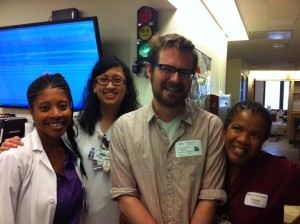
Eventually, I reached The New Normal. The aftermath of the stroke is still, as it always was, a collection of stories. But now, they evoke less of the feeling of those moments three years ago. And because this I’m in the new normal, changes are harder to distinguish. I know, somehow, that my mental capacity is different to what it once was, but it’s increasingly hard to gauge what that that means.
And this knowledge is balance by another knowledge – that the techniques and strategies and other skills that I’ve learned have allowed for balancing improvements in other areas of my life. The battle against mental perseveration, in particular, taught me invaluable skills in day-to-day living.
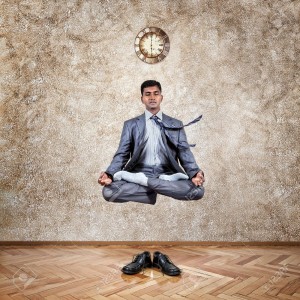
What is a little easier to gauge, is physical progress. And that does seem to have reached a plateau, while at the same time being subject to balancing overall improvements. As the academic year enters its final lap, Beth and I are looking forward to using some of the flexibility that offers to focus on healthy living. The first thing that has involved has been going for jogs.
Having lived a more academic lifestyle since last autumn, I’ve been surprised to find how much it takes to get back into fighting shape. And by the extent to which that effort still impacts on my damaged left side. It feels like I’ve been complaining about a tight left quad constantly during the past two weeks. Of course, time is relative – it may just have been a week, and I’m just really boring myself. To Beth, it probably feels like a month.
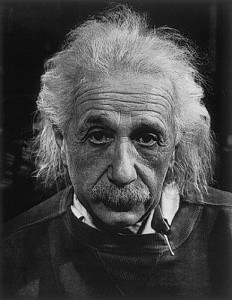
Certainly, as I was walking home from the bus stop this morning, I was very aware of my tight left quad, and also that it was exacerbating my tendency to slap down my left foot like a dead fish. So coming down the road, I focussed on putting my heel down first, as my physical therapists had taught me. And this fit in with a desire to have a quick think about the road that we’ve covered.
Beth mentioned to friends recently a common observation of ours – that while being hit by a right-brain/left-body stroke seemed like the worst possibility for this very left-dominant body, it was in fact for the best. I didn’t really have the right-sided skills to totally give up to left-sided neglect.

And it turns out that this is more than just the quackery of our own narrative. Friendoftheblogjen recently sent me a link to the American Stroke Association’s site, excerpting a passage on Rehab Revolution from Stroke Connection Magazine. This discusses Constraint-Induced Movement Therapy, which
forces the use of the affected side by restraining the unaffected side. With CI therapy, the therapist constrains the survivor’s unaffected arm in a sling. The survivor then uses his or her affected arm repetitively and intensively for two weeks.
The article contrasts this with a general fitness program of strength, balance and stamina training, games to provide cognitive challenges, and relaxation exercises. With the amount of encouragement I received – from Beth, my therapists, and my own habits – to use my left side, together with the more traditional therapy I received, I kind of received the benefits of the best of both worlds.

The research and examples cited in the article suggest that CIMT can offer large to very large improvements in the functional use of a patient’s affected arm in their daily lives. In my informal version, it’s allowed for improvements that have in turn allowed for focus on improving other areas – and these outside improvements have been those that I can continue to try to apply in a more holistic sense.
And all this leads to a link to last week’s blog post, in my weirdly-wired brain. CIMT involves the use of restraints. Last week’s post finished with a reference to Wonder Woman. I’ve linked to a relevant article previously, but never expressly discussed it. In Wonder Woman’s real-world origin story, she owes her powers to constraints. Fans will know that, particularly in the early stories, Wonder Woman and her supporting characters were subject to restraint a lot. And not for the usual reason of wanting to appeal quickly and easily to Comic Book Guy.
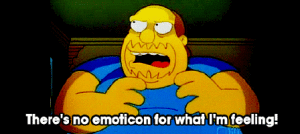
That’s one of the reasons Diana carries her Golden Lasso of Truth. It’s a handy prop to have around. William Moulton Marston, the Wonder Woman’s creator, was a psychologist with particular interests in gender, sexuality, domination, and submission, and wanted to explore all this stuff in his original Wonder Woman run. In a way that this contemporary skim reader doesn’t always find consistent. But that’s good. I should let that requirement go. And it’s all interesting stuff. There are more pop-academic takes on the subject in the articles here and here. I do commend them to you.
Of course, this reading doesn’t necessarily link in with strokes. But I was struck by a couple of interesting phrases in the io9 piece. Firstly, there’s Steve Trevor, fighter pilot and love interest, who Noah Berlatsky notes they didn’t really know what to do with after the initial run. Much like WW. Unsurprisingly.
[T]here’s something kind of powerful about having this character who is a soldier and who is vulnerable. He’s this really brave pilot, but he still gets hurt. Sometimes he needs somebody to come and save him.
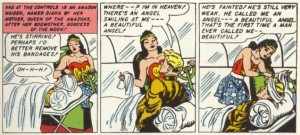
But, I’ve probably left it a bit late in the post to delve into this. But the second thing points towards a a down and dirty take-away, before I need a bandage round my head like Steve (again). Marston created Wonder Woman as a character who was required to be dominant, but also had submissive characteristics. You could read Steve the same way. Noah Berlatsky says Marston thought everybody should be submissive.
Or, to translate it into apoplectic.me-speak –
Sometimes, you’ve just got to let things go a little bit.
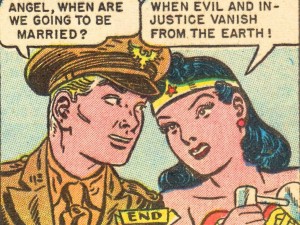





Bandage, bondage. Tomayto, tomahto.